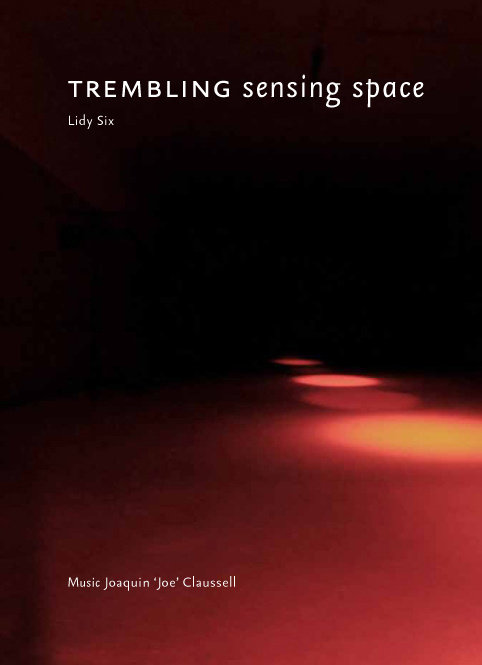5.1 Surround Sound Music Cd
Aug 19, 2016 - Surround sound processing for stereo music has been around since the. Material we played was stereo music from records or (later) CDs. Audio Why did SACD, DVD-A, and Blu-ray fail as music surround formats? SACD and DVD-A pinned their futures to the hope that there was a market for 5.1-channel music, and flopped. The DTS 5.1 Music Disc was a Compact Disc format offering surround sound audio, usually in the 5.1 configuration. The discs would play in a standard Compact Disc player, but without the use of a DTS decoder all that would be heard is white noise.
5.1 surround sound ('five-point one') is the common name for six channel surround sound audio systems. 5.1 is the most commonly used layout in home theatre.[citation needed] It uses five full bandwidth channels and one low-frequency effects channel (the 'point one').[1]Dolby Digital, Dolby Pro Logic II, DTS, SDDS, and THX are all common 5.1 systems. 5.1 is also the standard surround sound audio component of digital broadcast and music.[2]
Sony 5 1 Surround Sound
All 5.1 systems use the same speaker channels and configuration, having a front left and right, a center channel, two surround channels and the low-frequency effects channel designed for a subwoofer. Junaid jamshed usa.
- 2Application
History[edit]
A prototype for five-channel surround sound, then dubbed 'quintaphonic sound', was used in the 1975 film Tommy.[3]

5.1 dates back to 1976[citation needed] when Dolby Labs modified the track usage of the six analogue magnetic soundtracks on Todd-AO 70 mm film prints. The Dolby application of optical matrix encoding in 1976 (released on the film, Logan's Run) did not use split surrounds, and thus was not 5.1. Dolby first used split surrounds with 70mm film, notably in 1979 with Apocalypse Now. Instead of the five screen channels and one surround channel of the Todd-AO format, Dolby Stereo 70 mm Six Track provided three screen channels, two high-passed surround channels and a low-frequency surround channel monophonically blended with the two surround channels.
When digital sound was applied to 35 mm release prints, with Batman Returns in 1992, the 5.1 layout was adopted. The ability to provide 5.1 sound had been one of the key reasons for using 70 mm for prestige screenings. The provision of 5.1 digital sound on 35 mm significantly reduced the use of the very expensive 70 mm format. Digital sound and the 5.1 format were introduced in 1990, by KODAK and Optical Radiation Corporation, with releases of Days of Thunder and The Doors using the CDS (Cinema Digital Sound) format.
5.1 digital surround, in the forms of Dolby Digital AC3 and DTS, started appearing on several mid 90s Laserdisc releases, with among the earliest being Clear and Present Danger and Jurassic Park (the latter having both AC3 and DTS versions). Many DVD releases have Dolby Digital tracks up to 5.1 channels, due to the implementation of Dolby Digital in the development of the DVD format. In addition, some DVDs have DTS tracks with most being 5.1 channel mixes (a few releases, however, have 6.1 “matrixed” tracks). Blu-ray and digital cinema both have eight-channel capability which can be used to provide either 5.1 or 7.1 surround sound. 7.1 is an extension of 5.1 that uses four surround zones: two at the sides and two at the back.
A system of digital 5.1 surround sound has also been used in 1987 at the Parisian cabaret the Moulin Rouge, created by French engineer Dominique Bertrand. To achieve such a system in 1985 a dedicated mixing console had to be designed in cooperation with Solid State Logic, based on their 5000 series, and dedicated speakers in cooperation with APG.[4] The console included ABCDEF channels. Respectively: A left, B right, C centre, D left rear, E right rear, F bass. The same engineer had already developed a similar 3.1 system in 1973, for use at the official International Summit of Francophone States in Dakar.
Note that it will still show the icon if the 3ds Max file was created as a Save Selected from a another scene. Download 3ds max.
Application[edit]
Channel order[edit]
The order of channels in a 5.1 file is different across file formats. The order in WAV files is (not complete) Front Left, Front Right, Center, Low-frequency effects, Surround Left, Surround Right.[5]
Music[edit]
Regarding music, the main goal of 5.1 surround sound is a proper localization and equability of all acoustic sources for a centered positioned audience. Therefore, ideally five matched speakers should be used.
For play-back of 5.1 music recommendations of the International Telecommunication Union (ITU) have been released and propose the following configuration (ITU-R BS 775):[6]
Rsymedias.com is not responsible for third party website content. Gangnam style song download mp3. The media files you download with rsymedias.com must be for time shifting, personal, private, non commercial use only and remove the files after listening. It is illegal for you to distribute copyrighted files without permission.
- five speakers of the same size for front, center and surround
- identical distance from the listeners for all five speakers
- angle adjustment regarding viewing direction of audience: center 0°, front ±22.5° for movies ±30° for music, surround ±110°
See also[edit]
References[edit]
Best 5.1 Surround Music
- ^'Understanding Surround Sound Formats'. Crutchfield.com. 23 September 2009. Retrieved 7 March 2011.
- ^'What is 5.1'. Archived from the original on 17 March 2012.
- ^Mosely, John (January 1977). 'Quintaphonic Sound'. Journal of the SMPTE. l86.
- ^'Recherche & Développement'. Archived from the original on 3 August 2008. Retrieved 17 December 2015.
- ^'Multiple channel audio data and WAVE files'. Retrieved 19 November 2015.
- ^Thomas Lund (1 September 2000), Enhanced Localization in 5.1 Production, Audio Engineering Society, retrieved 19 November 2015